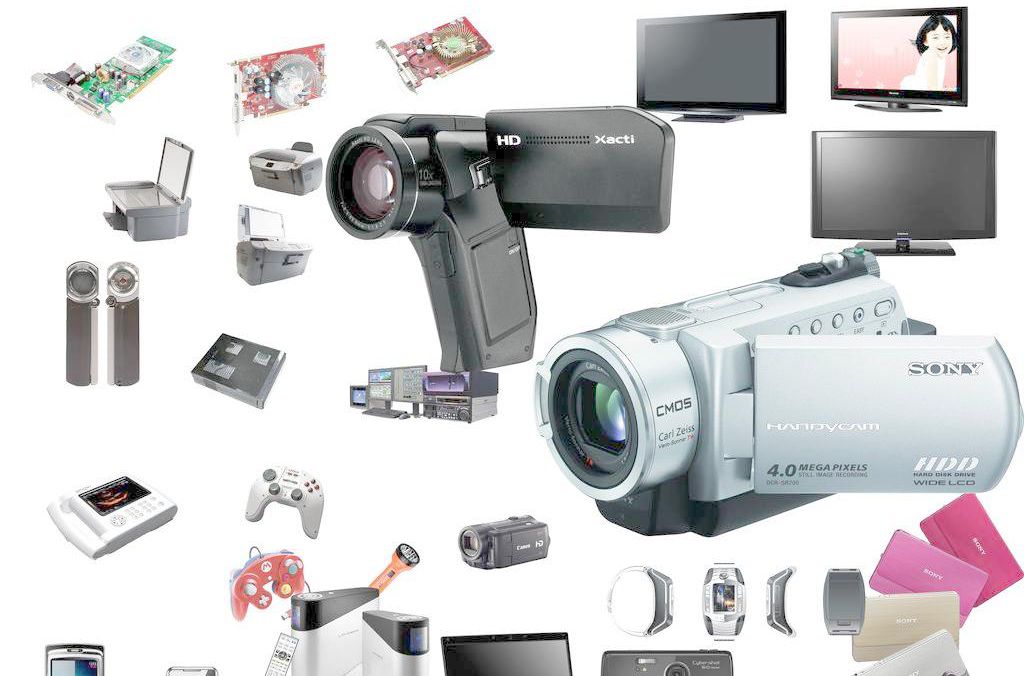Common testing methods for electronic products
Date:2024-07-15 16:00:00 Views:1849
Testing electronic products is a crucial step in ensuring their quality and performance meet design requirements. Here are some common electronic product testing methods:

Functional testing: Functional testing is a basic test to verify whether a product is working properly according to design specifications. By inputting different signals and data, check whether the various functions of the product are functioning properly.
Electrical characteristic testing: Electrical characteristic testing includes testing the electrical parameters of the product such as voltage, current, power, etc., to ensure that the electrical performance of the product meets the requirements under normal working conditions.
Timing testing: Timing testing is used to verify the normal operation of the product under different clock cycles, ensuring that the product responds and operates in the correct time series.
Simulation characteristic testing: For products with analog circuits, it is necessary to test their simulation characteristics, such as frequency response, distortion, etc.
Temperature testing: Temperature testing is used to evaluate the performance of products under different temperature conditions, including the operating temperature range, the impact of temperature changes on product performance, etc.
Reliability testing: Reliability testing is used to evaluate the stability and reliability of products under long-term operation or specific environmental conditions, such as life testing, vibration testing, temperature cycling testing, etc.
Power consumption testing: Power consumption testing is used to measure the power consumption level of a product in different working modes, in order to evaluate the energy efficiency and battery life of the product.
Radiation testing: For wireless products or products that require compliance with radiation standards, radiation testing is required to ensure that the product's radiation level meets the prescribed limits.
These testing methods can help ensure that electronic products have good quality and performance before being put into the market, improving product reliability and user satisfaction.




 Weixin Service
Weixin Service

 DouYin
DouYin
 KuaiShou
KuaiShou





















